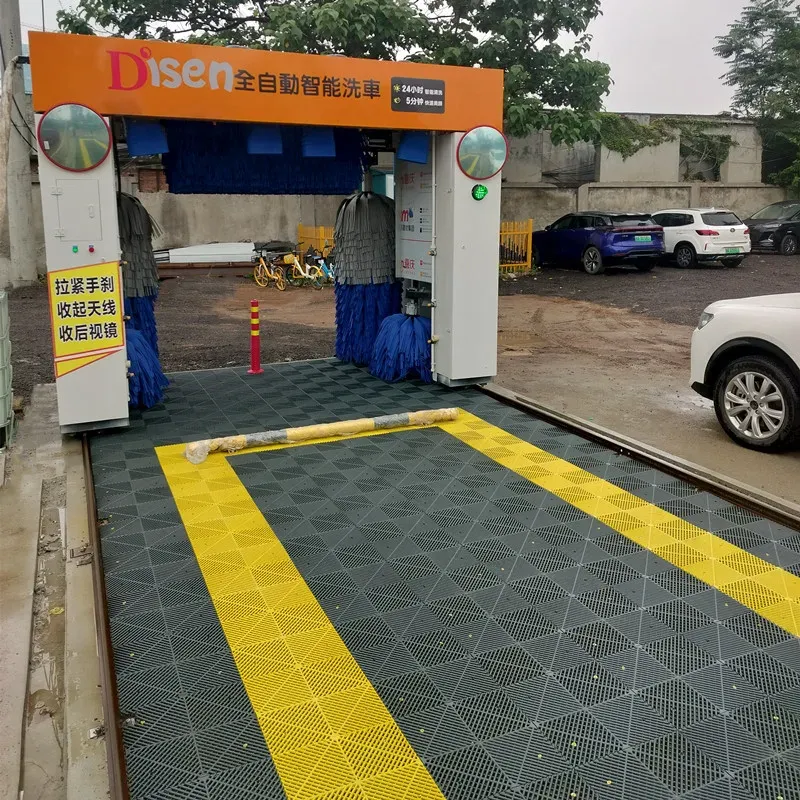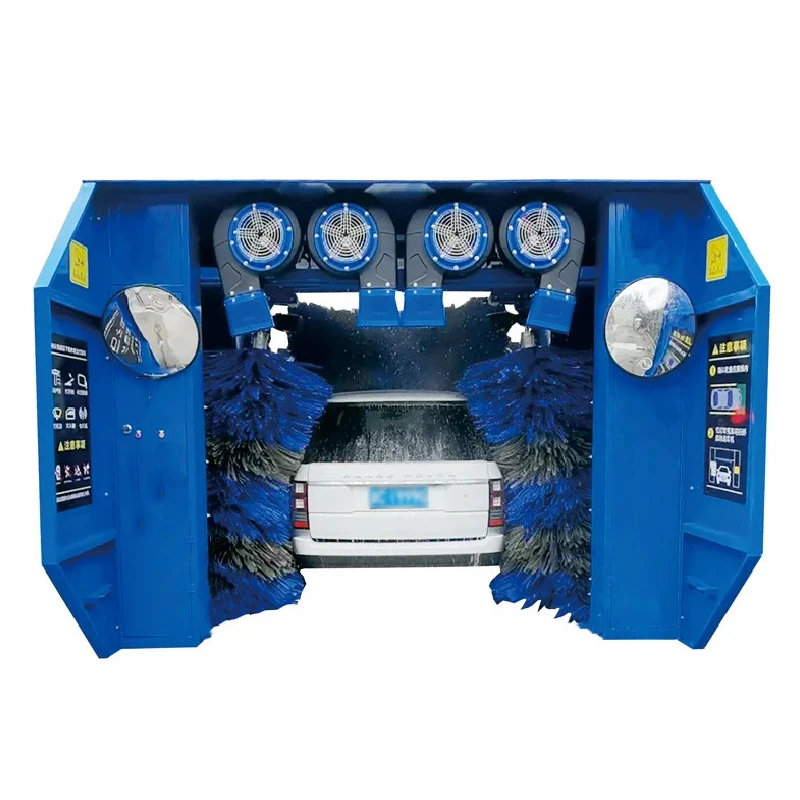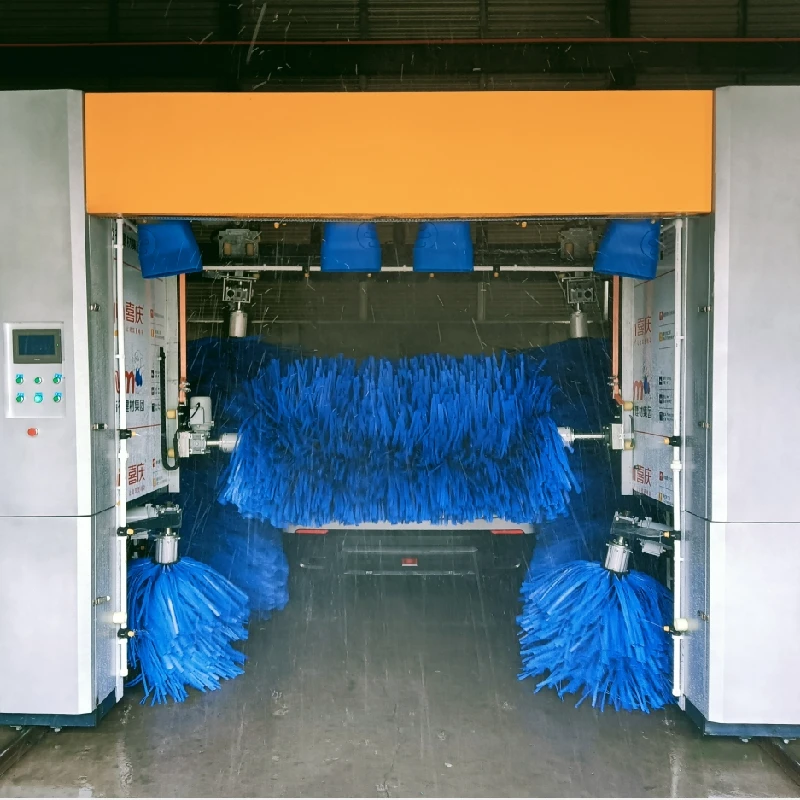
- Afrikaans
- Albanian
- Amharic
- Arabic
- Armenian
- Azerbaijani
- Basque
- Belarusian
- Bengali
- Bosnian
- Bulgarian
- Catalan
- Cebuano
- Corsican
- Croatian
- Czech
- Danish
- Dutch
- English
- Esperanto
- Estonian
- Finnish
- French
- Frisian
- Galician
- Georgian
- German
- Greek
- Gujarati
- Haitian Creole
- hausa
- hawaiian
- Hebrew
- Hindi
- Miao
- Hungarian
- Icelandic
- igbo
- Indonesian
- irish
- Italian
- Japanese
- Javanese
- Kannada
- kazakh
- Khmer
- Rwandese
- Korean
- Kurdish
- Kyrgyz
- Lao
- Latin
- Latvian
- Lithuanian
- Luxembourgish
- Macedonian
- Malgashi
- Malay
- Malayalam
- Maltese
- Maori
- Marathi
- Mongolian
- Myanmar
- Nepali
- Norwegian
- Norwegian
- Occitan
- Pashto
- Persian
- Polish
- Portuguese
- Punjabi
- Romanian
- Russian
- Samoan
- Scottish Gaelic
- Serbian
- Sesotho
- Shona
- Sindhi
- Sinhala
- Slovak
- Slovenian
- Somali
- Spanish
- Sundanese
- Swahili
- Swedish
- Tagalog
- Tajik
- Tamil
- Tatar
- Telugu
- Thai
- Turkish
- Turkmen
- Ukrainian
- Urdu
- Uighur
- Uzbek
- Vietnamese
- Welsh
- Bantu
- Yiddish
- Yoruba
power washer wash car
The Ultimate Guide to Washing Your Car with a Power Washer
When it comes to keeping your car clean, traditional hand washing methods can be time-consuming and often less effective. Enter the power washer a transformational tool that can revolutionize the way you clean your vehicle. Using a power washer to wash your car not only saves time but also provides a level of cleanliness and shine that is hard to achieve through manual washing. This guide will delve into the benefits, best practices, and tips for washing your car with a power washer, ensuring you get the most out of your car cleaning experience.
Benefits of Using a Power Washer
1. Efficiency Power washers use high-pressure water jets to remove dirt and grime quickly. This means you can complete the washing process in a fraction of the time it would take using a sponge and bucket.
2. Thorough Cleaning The strong pressure can dislodge dirt in hard-to-reach areas such as wheel wells, undercarriages, and between the body panels. Traditional methods might leave these areas still dirty, but a power washer can ensure a deep clean.
3. Water Savings Surprisingly, power washers can use less water compared to traditional washing methods. While they are high-pressure, they also tend to use less water over time, making them an eco-friendly option in car care.
4. Versatility Besides washing cars, power washers can also be used for cleaning driveways, patios, siding, and other outdoor surfaces, making them a worthwhile investments for homeowners.
Preparing to Wash Your Car
Before you start washing your car, it’s crucial to prepare both your vehicle and your equipment
- Choose the Right Power Washer Make sure you have a power washer with enough pressure (at least 1200-1900 PSI) and a suitable nozzle for car washing (usually a 25-degree nozzle is recommended). Some power washers come with adjustable nozzles, which allow you to easily switch between different spraying angles.
- Gather Supplies In addition to your power washer, you’ll need a car wash soap that is safe for vehicles, a brush with soft bristles, microfiber towels for drying, and wheel cleaner for those extra dirty rims.
- Initial Rinse Before applying soap, give your car a quick rinse with the power washer to remove loose dirt and debris
. This step is essential as it prevents scratch marks during the washing process.power washer wash car

The Washing Process
1. Apply Soap Using a foam cannon attachment on your power washer can make applying soap easier, allowing the soap to cling to the vehicle’s surface and break down the dirt.
2. Let it Sit Allow the soap to sit for a few minutes to loosen up tough grime. But avoid letting it dry out on your car, as this can lead to streaks.
3. Rinse Thoroughly After the soap has settled, use the power washer to rinse your car from top to bottom. Always keep the nozzle at least 2-3 feet away from the surface to avoid damaging the paint.
4. Clean the Wheels Use a specialized wheel cleaner with your soft brush to scrub the rims and tires. This is often the dirtiest part of your car, so don’t skimp on this step.
5. Dry the Car Finish your wash by drying the car with microfiber towels. This step helps prevent water spots and leaves your car gleaming.
Final Tips
- Safety First Always wear safety goggles to protect your eyes from debris. Avoid pointing the nozzle at your face and never spray more than 30 degrees towards the paintwork to prevent damage.
- Regular Maintenance Washing your car regularly with a power washer can help maintain its appearance and protect the paint. Ideally, you should wash your car every two to four weeks depending on your environment and how often you drive.
- Inspect for Damage While washing, take the time to inspect your car’s body for any scratches, dents, or signs of rust that may need attention.
By adopting the power washing method for cleaning your car, you can enjoy a more efficient, effective, and satisfying car wash experience. With the right technique and tools, your vehicle will not only look great but also maintain its value over time. Happy washing!
-
Integrating Aqua Tunnel Car Wash in Shopping CentersNewsJun.24,2025
-
Gas Station with an Auto Car Wash MachineNewsJun.24,2025
-
Efficiency in Your Aqua Tunnel Car Wash: Power & Water-SavingNewsJun.24,2025
-
Car Wash Business with Advanced Auto Car Cleaning MachinesNewsJun.24,2025
-
Balancing Setup Costs with Aqua Tunnel Car WashNewsJun.24,2025
-
Aqua Tunnel Car Wash: Eco-Design for the Energy-Savvy EntrepreneurNewsJun.24,2025



